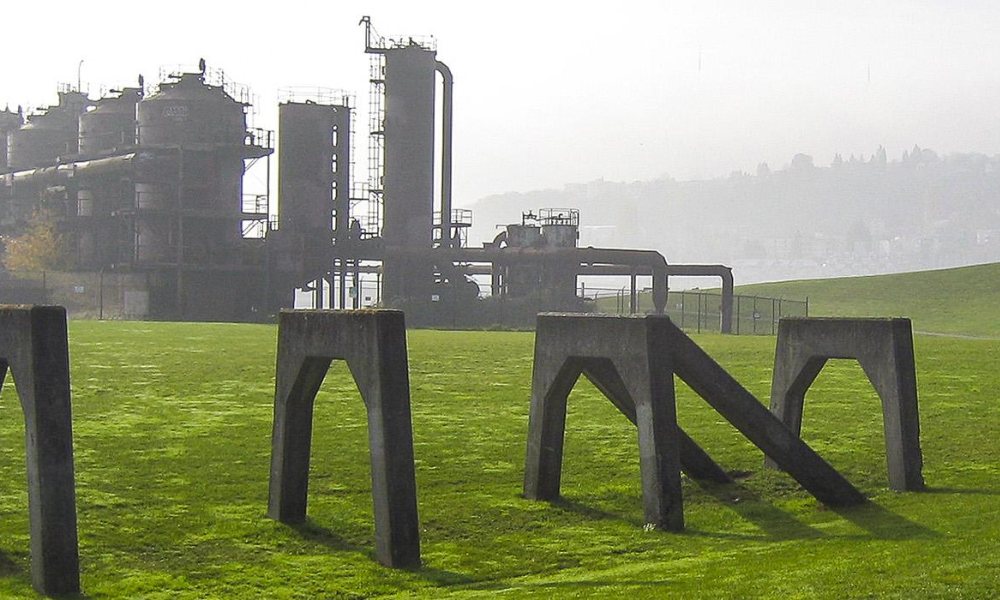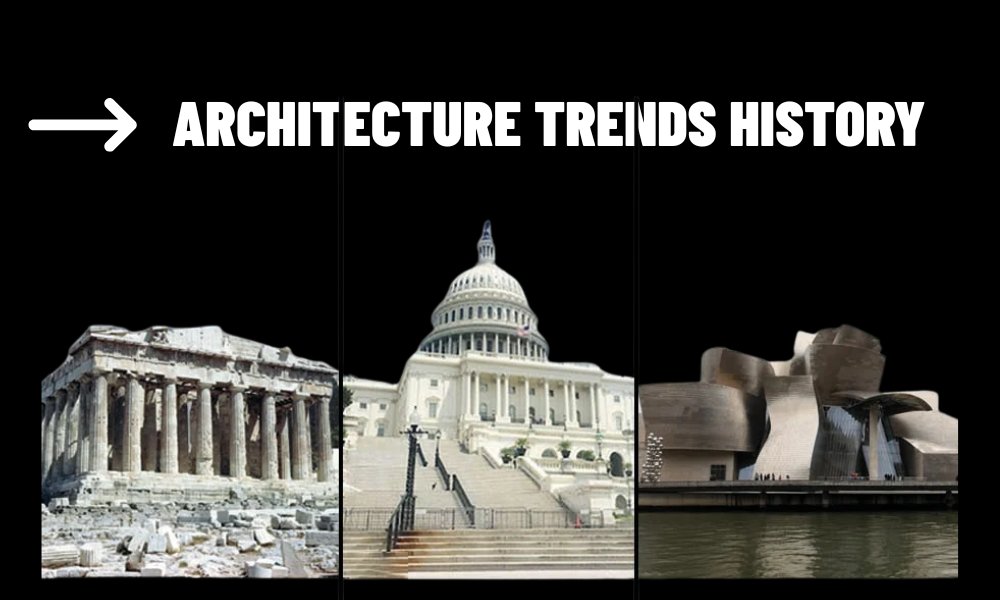The landscape architecture industry is evolving rapidly, driven by environmental challenges, technological advancements, and shifting societal needs. In 2025, professionals in this field are redefining outdoor spaces to be more sustainable, inclusive, and innovative. This article explores the top trends shaping the future of landscape architecture and their impact on urban and rural environments.
Contents
Sustainability at the Core of Design
Sustainability remains the cornerstone of modern landscape architecture. With climate change intensifying, designers are prioritizing eco-friendly practices. Green infrastructure, such as rain gardens and permeable pavements, is increasingly integrated into urban projects to manage stormwater and reduce heat islands. Native plantings are also gaining traction, supporting local ecosystems and reducing maintenance costs. In 2025, expect to see more projects that blend functionality with environmental stewardship, creating spaces that thrive in harmony with nature.
Technology Transforming Landscapes
Advancements in technology are revolutionizing how landscape architects plan and execute projects. Tools like Building Information Modeling (BIM) and Geographic Information Systems (GIS) enable precise design and data-driven decision-making. Drones are being used for site analysis and monitoring, providing real-time insights into project progress. Additionally, augmented reality (AR) allows clients to visualize designs before construction begins, enhancing collaboration and efficiency. These innovations are streamlining workflows and elevating the quality of landscape designs.

Inclusive and Community-Centric Spaces
The demand for inclusive public spaces is reshaping landscape architecture. Designers are focusing on accessibility, ensuring parks and plazas accommodate people of all abilities. Community engagement is also critical, with architects involving local residents in the design process to reflect cultural and social values. In 2025, projects that prioritize equity and foster social connections, such as multi-use urban parks, will dominate the industry, creating vibrant spaces that strengthen community ties.
Resilience in the Face of Climate Challenges
As extreme weather events become more frequent, resilience is a key focus. Landscape architects are designing spaces that can withstand flooding, droughts, and heatwaves. Coastal projects, for instance, incorporate natural barriers like dunes and wetlands to protect against rising sea levels. Urban forests and green roofs are also being used to combat heat and improve air quality. These resilient designs not only mitigate environmental risks but also enhance the longevity of public and private spaces.
The Rise of Biophilic Design
Biophilic design, which emphasizes human connection to nature, is gaining momentum. In 2025, landscape architects are incorporating natural elements like water features, vertical gardens, and tree canopies into urban settings to improve mental health and well-being. This trend aligns with the growing recognition of nature’s role in reducing stress and boosting productivity. From corporate campuses to residential developments, biophilic principles are transforming how people interact with their environments.
The landscape architecture industry in 2025 is marked by a commitment to sustainability, innovation, and inclusivity. By embracing green practices, leveraging technology, and designing resilient, community-focused spaces, professionals are creating environments that address modern challenges while enhancing quality of life. As these trends continue to evolve, landscape architecture will play a pivotal role in shaping a more sustainable and connected world.



